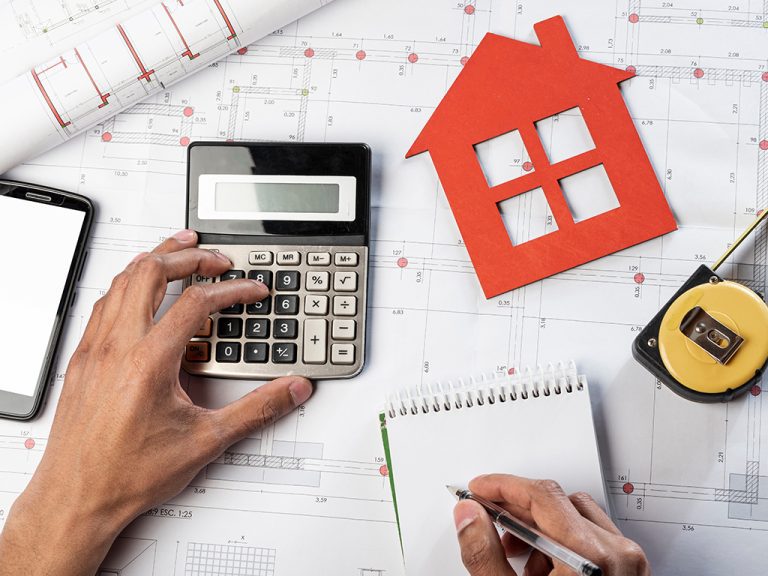In today’s environmentally conscious world, sustainable lighting design solutions are becoming increasingly important. As businesses and homeowners seek to reduce their carbon footprint and energy consumption, photometrics software is emerging as a crucial tool in achieving these goals. In this article, we’ll explore how photometrics software contributes to sustainable lighting design and why it’s an essential component of modern lighting projects.
Understanding Photometrics Software
Photometrics software is a specialized tool that allows lighting designers and engineers to simulate and analyze the performance of lighting systems. It provides detailed data on various lighting parameters, including luminance, illuminance, and glare. This software enables designers to optimize lighting layouts, ensuring that spaces are well-lit while minimizing energy consumption.
Energy Efficiency
One of the primary ways photometrics software promotes sustainability is by improving energy efficiency. Through accurate calculations and simulations, designers can determine the optimal placement and intensity of light fixtures. This precision ensures that energy is not wasted on over-illumination, reducing electricity usage and operational costs. Furthermore, energy-efficient lighting contributes to lower greenhouse gas emissions, aligning with sustainability goals.
Reduced Light Pollution
Photometrics software also plays a crucial role in minimizing light pollution, which has adverse effects on the environment and human health. By modeling the distribution of light, designers can implement measures to reduce light spillage and glare. This not only preserves the natural night sky but also enhances the well-being of residents in the vicinity.
Longevity of Lighting Systems
Sustainability involves durability, and photometrics software aids in achieving longer-lasting lighting systems. By optimizing lighting layouts, designers can prevent hotspots and thermal stress on fixtures. This, in turn, extends the lifespan of lighting components, reducing the frequency of replacements and the associated waste.
Conclusion
Incorporating photometrics software into lighting design processes is no longer a choice but a necessity in the quest for sustainable solutions. It allows designers to strike a balance between aesthetics, functionality, and energy efficiency while minimizing light pollution. By utilizing this technology, businesses and homeowners can enjoy cost savings, reduce their environmental impact, and contribute to a more sustainable future.










One Response
Thank you, I have just been searching for info about this subject for a long time and yours is the best I’ve found out till now. However, what in regards to the bottom line? Are you certain about the source?